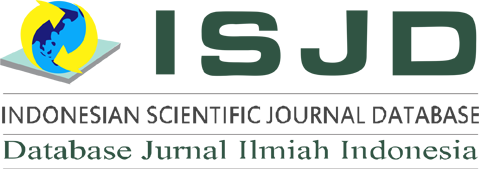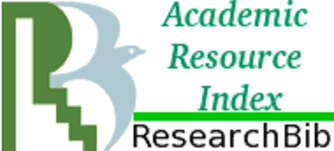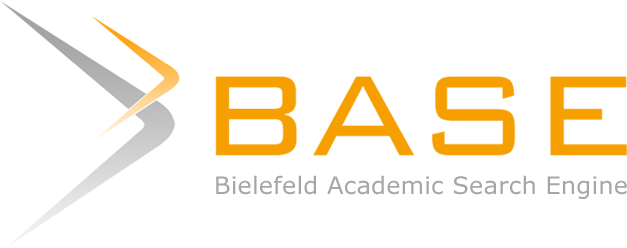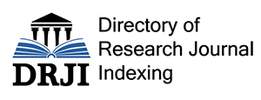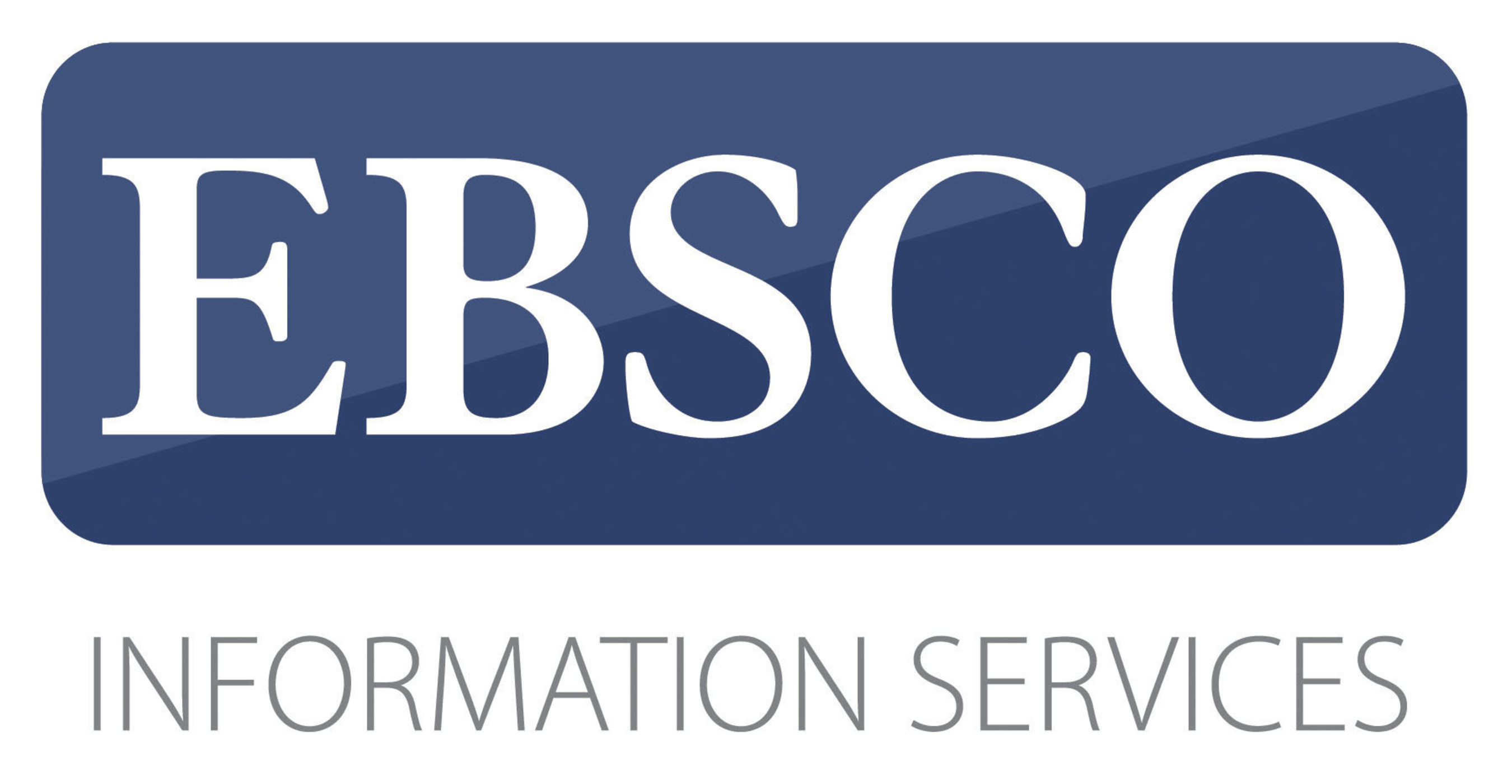Abstract
According to 2020 UNAIDS data, there are approximately 20,700,000 people infected with HIV, with 12,900,000 infected are women in Eastern & Southern Africa. This condition is caused by the lack of health rights for women which is also based on the limited rights of women to matters such as education, employment and finance. This study aims to examine the role of global government in accommodating global actors to address issues of gender equality in women's health in Eastern and Southern Africa. This research is built on the concept of global governance theory and feminism. The research method used is qualitative research methods using case studies. This paper concludes that global actors (governmental and non-governmental) make important contributions through international cooperation and produce various programmes for women's empowerment and health assistance. These programmes and assistance are producing slow but steady changes to gender equality and the well-being of women in the Eastern and Southern Africa region. Because through these various health programmes and assistance, women in the Eastern and Southern Africa region can optimise their rights as women as well as human beings.
References
Adichie, C. N. (2014). We All Should Be Feminist. Fourth Estate.
African Union. (2021, March 01). African Ministers adopt Common African Position for more women in leadership positions. https://au.int/en/pressreleases/20210301/african-ministers-adopt-common-african-position-more-women-leadership
African Union. (n.d.). Gender Equality & Development. Retrieved March 8, 2021, from https://au.int/en/gender-equality-development#:~:text=The%20GEWE%20strategy%20focuses%20on,to%20growth%2C%20prosperity%20and%20sustainability&text=Women%2C%20Peace%20and%20Security%20%E2%80%93%20Ensuring,%2D%20Prevention%2C%20Protection%2C%20Promotion%20Pr
African Women Rising. (n.d.). Girls Education: How to Keep Girls in School. Retrieved March 5, 2021, from https://www.africanwomenrising.org/about-us/getting-girls-to-school/
African Women's Development Fund. (n.d.). History. Retrieved March 5, 2021, from https://awdf.org/history-2/
Afrika Berdayakan Perempuan Lewat Perbaikan Layanan Kesehatan [Africa Empowers Women Through Improvements to Health Facilities]. (2012, May 27). VOA Indonesia. https://www.voaindonesia.com/a/afrika-berdayakan-perempuan-lewat-perbaikan-layanan-kesehatan/1105860.html
Avert. (2020). HIV and AIDS in East and Southern Africa Regional Overview. Retrieved April 23, 2021, from https://www.avert.org/professionals/hiv-around-world/sub-saharan-africa/overview#footnote9_r7jreps
Burkholder, M. (2019). The Impact of HIV/AIDS on Orphans in a South African Context. (Orphans and Vulnerable Children Student Scholarship, 5). https://core.ac.uk/download/pdf/229387449.pdf
Chaisson, R. E., & Martinson, N. A. (2008, March 13). Tuberculosis in Africa — Combating an HIV-Driven Crisis. The New England Journal of Medicine, 358, 1089-1092. https://www.doi.org/10.1056/NEJMp0800809
Egbetayo, V. (2019, December 16). One Of The Greatest Threats To Africa’s Future: Gender Inequality. Global Partnership for Education. https://www.globalpartnership.org/blog/one-greatest-threats-africas-future-gender-inequality
FES Mozambique. (2017, February). Feminism in Africa: Trends and Prospects (FES Briefing Papers). Friedrich-Ebert-Stiftung. http://library.fes.de/pdf-files/bueros/mosambik/13795.pdf
Gordenker, L. (2014). The UN System. In T. G. Weiss & R. Wilkinson (Eds.), International Organization and Global Governance (pp. 209-222). Routledge.
Harmonization for Health in Africa. (2011). Investing in Health for Africa: The Case for Strengthening Systems for Better Health Outcomes, 64. https://www.who.int/pmnch/media/membernews/2011/investing_health_africa_eng.pdf
Hoffman, J. (2001). Gender and Sovereignty: Feminism, the State and International Relations. Palgrave.
Human Rights Watch. (2017, June 16). Africa: Make Girls’ Access to Education a Reality. https://www.hrw.org/news/2017/06/16/africa-make-girls-access-education-reality
IFPMA. (2016, May 11). Partnership launched to tackle cervical cancer in Africa. https://www.ifpma.org/resource-centre/partnership-launched-to-tackle-cervical-cancer-in-africa/
Ivanova, O., Rai, M., & Kemigisha, E. (2018). A Systematic Review of Sexual and Reproductive Health Knowledge, Experiences and Access to Services among Refugee, Migrant and Displaced Girls and Young Women in Africa. International Journal of Environmental Research and Public Health, 15(8), 1583. https://dx.doi.org/10.3390%2Fijerph15081583
Joint Programme Convening Agency and Administrative Agent: United Nations Population Fund. (2017, June). United Nations Joint Programme on Reproductive, Maternal, Newborn, Child, and Adolescent Health 2016–2020. https://www.unfpa.org/sites/default/files/pub-pdf/RMNCAH_JP_Prodoc.pdf
Kabaya, O. & Lusigi, A. (2018, 11 26). African employers for gender equality. UNDP in Africa. https://www.africa.undp.org/content/rba/en/home/blog/2018/african-employers-for-gender-equality.html
MacPherson, E. E., Richards, E., Namakhoma, I., & Theobald, S. (2014). Gender Equity and Sexual And Reproductive Health In Eastern And Southern Africa: A Critical Overview Of The Literature. Global Health Action, 7(1), 23717. https://doi.org/10.3402/gha.v7.23717
Mangan, L. (2019). The Feminism Book: Big Ideas Simply Explained. DK Publishing.
Murphy, C. N. (2014). The Emergence of Global Governance. In In T. G. Weiss & R. Wilkinson (Eds.), International Organization and Global Governance (pp. 23-34). Routledge.
Mwangi, M. N., Phiri, K. S., Abkari, A., Gbané, M., Bourdet-Sicard, R., Braesco, V. A., Zimmermann, M. B., & Prentice, A. M. (2017). Iron for Africa—Report of an Expert Workshop. Nutrients, 9(6), 576. https://dx.doi.org/10.3390%2Fnu9060576
Obasi, O. O., & Nwachukwu, I. (2008). Use of Modern Birth Control Methods Among Rural Communities in Imo State, Nigeria. African Journal of Reproductive Health, 12(1): 101-108. https://doi.org/10.2307/25470640
Obasohan, P. E. (2015). Religion, Ethnicity and Contraceptive Use among Reproductive age Women in Nigeria. International Journal of Maternal and Child Health and AIDS, 3(1), 63–73. https://doi.org/10.21106/ijma.39
People Living with HIV Receiving Art (#). (2021). AIDS INFO UNAIDS. Retrieved April 21, 2021, from http://aidsinfo.unaids.org/
Reid, M. (1843). A Plea for Woman: Being a Vindication of the Importance and Extent of Her Natural Sphere of Action. Cambridge Library Collection.
Roser, M. (2019, November). Future Population Growth. Our World in Data. Retrieved January 4, 2021, from https://ourworldindata.org/future-population-growth#the-size-of-populations-un-population-projection-by-country-and-world-region-until-2100
Schaefer, R., Gregson, S., Eaton, J. W., Mugurungi, O., Rhead, R., Takaruza, A., Maswera, R., & Nyamukapa, C. (2017, June 19). Age-disparate relationships and HIV incidence in adolescent girls and young women: evidence from Zimbabwe. AIDS, 31(10), 1461-1470. https://doi.org/10.1097/QAD.0000000000001506
Schild, G. (1995). Bretton Woods and Dumbarton Oaks: American Economic and Political Postwar Planning in the Summer of 1944. St. Martin's Press.
Singh, K., Bloom, S., & Brodish, P. (2015). Gender Equality as a Means to Improve Maternal and Child Health in Africa. Health Care for Women International, 36(1), 57-69. https://doi.org/10.1080/07399332.2013.824971
Taylor, S. J., & Bogdan, R. (1990). Introduction to qualitative research methods. Paidós.
Teshale, A. B., Tesema, G. A., Worku, M. G., Yeshaw, Y., & Tessema, Z. T. (2020). Anemia and its associated factors among women of reproductive age in eastern Africa: A multilevel mixed-effects generalized linear model. PLoS ONE, 15(9). https://doi.org/10.1371/journal.pone.0238957
UN Women Africa. (2020, November 5). Joint UN Health Programme Counters Maternal and Infant Mortality in Kenya. https://africa.unwomen.org/en/news-and-events/stories/2020/11/un-health-programme-to-counter-maternal-and-infant-mortality-in-kenya
UN Women Africa. (n.d.). Where we are ; Eastern and Southern Africa : Zimbabwe. Retrieved April 22, 2021, from https://africa.unwomen.org/en/where-we-are/eastern-and-southern-africa/zimbabwe
UNAIDS. (2013). Getting to zero: HIV in East and Southern Africa (Regional Report). https://reliefweb.int/sites/reliefweb.int/files/resources/Getting%20to%20Zero.pdf
UNAIDS. (2017a). Towards ending AIDS in East and Southern Africa Region: Leaving no one behind. UNAIDS. https://www.unaids.org/sites/default/files/media_asset/Global_AIDS_update_2017_en.pdf
UNAIDS. (2017b). 90–90–90 - An ambitious treatment target to help end the AIDS epidemic. https://www.unaids.org/en/resources/documents/2017/90-90-90
UNAIDS. (2017c, September 21). New High-Quality Antiretroviral Therapy To Be Launched In South Africa, Kenya And Over 90 Low- And Middle-Income Countries At Reduced Price.
https://www.unaids.org/en/resources/presscentre/pressreleaseandstatementarchive/2017/september/20170921_TLD
UNAIDS. (2020). UNAIDS DATA 2020. https://www.unaids.org/sites/default/files/media_asset/2020_aids-data-book_en.pdf
UNDP. (2016, August 28). Human Development Report: Accelerating Gender Equality and Women’s Empowerment in Africa. Retrieved March 05, 2021, from https://www.undp.org/content/undp/en/home/librarypage/hdr/2016-africa-human-development-report.html
UNDP. (2020). Gender Inequality Index (GII). Retrieved April 20, 2021 from http://hdr.undp.org/en/content/gender-inequality-index-gii
UNDP. (n.d.). Gender Equality and Women Empowerment. Retrieved April 24, 2021, from https://www.za.undp.org/content/south_africa/en/home/operations/projects/womens_empowerment/gender-equality-and-women-empowerment--.html
UNFPA. (2013, June 26). Investing in Women's Health - the Key to Africa's Economic Development. Retrieved January 3, 2021, from https://www.unfpa.org/press/investing-womens-health-key-africas-economic-development
UNICEF. (2017, November). Generation 2030 Africa 2.0: Prioritizing investments in children to reap the demographic dividend. https://data.unicef.org/resources/generation-2030-africa-2-0/
UPHIA. (2017, August). Uganda Population-based HIV Impact Assessment: UPHIA 2016-2017 (Summary Sheet: Preliminary Findings). https://www.afro.who.int/sites/default/files/2017-08/UPHIA%20Uganda%20factsheet.pdf
Walters, M. (2005). FEMINISM: A Very Short Introduction. Oxford University Press.
Weedon, C. (1987). Feminist Practice and Poststructuralist Theory. Basil Blackwell.
Whitworth, S. (1994). Feminism and International Relations: Towards a Political Economy of Gender in Interstate and Non-Governmental Institutions. Palgrave.
WHO Africa. (2012a). Woman's Health Overview. Afro WHO International. https://www.afro.who.int/health-topics/womens-health
WHO Africa. (2012b). Addressing the Challenge of Women's Health in Africa. WHO Africa.
WHO Regional Office for Africa. (2014). The health of the people: what works - The African Regional Health Report 2014. https://www.afro.who.int/sites/default/files/2018-03/9789290232612_0_0.pdf
WHO. (2019, July 22). WHO recommends dolutegravir as preferred HIV treatment option in all populations. https://www.who.int/news/item/22-07-2019-who-recommends-dolutegravir-as-preferred-hiv-treatment-option-in-all-populations
Wollstonecraft, M. (1891). A Vindication of the Rights of Woman: With Strictures on Political and Moral Subjects. T. F. Unwin.
Recommended Citation
Putri, Alvela Salsabilah; Choirunissa, Puti Jasmine; and Salma, Riana
(2021)
"Global Actors’ Effort towards Gender Equality in Women's Health in East and Southern Africa,"
Global: Jurnal Politik Internasional: Vol. 23:
No.
1, Pp. 104-129.
DOI: 10.7454/global.v23i1.580
Available at:
https://scholarhub.ui.ac.id/global/vol23/iss1/5










